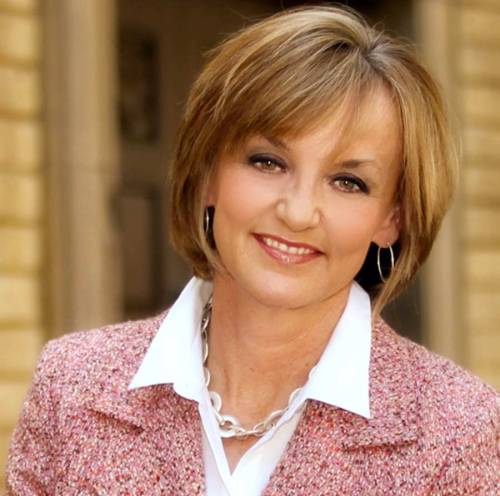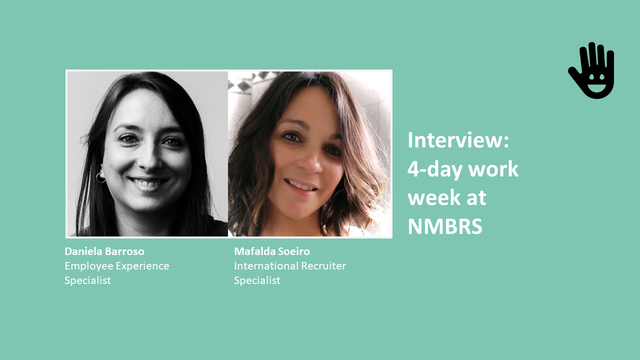Employee engagement expert Patti Johnson on organizational change
2022-11-01
Author of Make Waves: Be the One to Start Change at Work and in Life. She answered a few questions that we are very glad to share.
Patti Johnson is a career and workplace expert and the CEO of PeopleResults, a change and organizational development consulting firm she founded in 2004. She is the author of Make Waves: Be the One to Start Change at Work and in Life (May 2014). She took the time to answer a few questions for Tap My Back and we are very glad to share them with all of you.
TMB: Do you remember when did you start to get passionate about employee engagement and leadership? Was there a defining moment?
Patti: In college, I was a leader in a student organization and saw how much commitment and buy-in mattered to results. It was my first realization that no matter what outcome you want if it involves people this couldn’t be ignored. Also, it played nicely into what I found and find interesting – human behavior, organizational culture, how change happens, etc.
TMB: Some people say engagement is not that important as it treats employees only as mere tools for productivity and not as human beings. What do you have to say about that?
Patti: We are to blame for this a bit because we have turned the discussion on engagement into surveys and metrics. Important – yes – but engagement happens one person at a time. Engagement is an individual decision and, as we know, we don’t develop our views on anything by a formula or a metric. It’s important to remember that engagement is measuring beliefs and feelings about work and organization – which is anything but concrete or constant. Good organizations want engagement and commitment, but it’s definitely not created by a tool or a metric.
TMB: What are the best ways to measure engagement inside a team or company?
Patti: There are many points of view on this and worth a long conversation. In my view, it’s a combination of factors: key questions on surveys, retention of the talent and skills you most want to keep, a vibrant referral network, and involvement from employees that demonstrates care for the greater “we”. This pattern of information and the insights it gives you is richer and more accurate v. just looking at one survey metric.
TMB: A study says that 64% of all employees who quit their jobs didn’t feel recognized for their work. Should we worry?
Patti: Recognition and showing how much you value the team is an essential part of being a good leader. Also, recognition drives more commitment and engagement because it shows the behavior that is valued and should be repeated. We often think of recognition as a corporate program, but I don’t see it that way. When I ask people to share the moments when they felt most recognized, it is often not the big banquet or plaque, but the personal thank you’s and a manager that gave them individual recognition and often in front of others.
TMB: Can you give me five simple ideas any leader of any company can use to can motivate his/her staff?
Patti: 1. Know your people as individuals. Everyone is motivated differently. Understand the differences – no one size fits all. 2. Listen more than you talk. It helps people feel heard and important and there is a great by product - you’ll learn something. 3. Don’t show up with all of the answers. This keeps everyone as a spectator. Determine how and where your team can get involved in the solution. 4. Say thank you often in a specific way and individually. Go beyond the “good job everyone”. 5. Be clear on outcomes and expectations upfront. Everyone likes to know what is expected and we are better when we do. Plus, if you can’t articulate what you want you’ll never get it.
TMB: Traditional annual performance reviews vs continuous feedback? Who wins your heart?
Patti: Clearly continuous feedback. No contest. Think of being a parent – if your child is struggling or doing something great - do you think ‘I’ll remember that for our conversation in six months’? No, when you care about someone you give them feedback. It is the biggest favor you can do for someone you want to develop and grow to be better.
TMB: Millennials, do they have a great impact on how managers see employee engagement?
Patti: They should. Not all millennials are the same; however, there is a higher expectation of openness and feedback on how they are doing. I actually think this desire for more feedback is cross-generational, it’s just that other generations learned to disguise it more.
TMB: Is public recognition really so much better than money when it comes to staff motivation? And in the long run?
Patti: There is research that says that once the compensation package reaches the level of acceptance that the intangibles become more important. But, you have to reach that minimum hurdle first. Once you do, then other factors make a big difference – interesting work, environment, flexibility, manager, and recognition of course.
TMB: If I ask you what’s the worst approach to motivating and rewarding employees you’ve ever heard or seen (even if the intentions were good), what’s the first thing that pops into your mind?
Patti: Fear. It doesn’t always show up as yelling as it can also be the unspoken message of ’never make a mistake’ or that if you make one wrong move your career is over. This fear makes people cautious and keeps them on the sidelines – which is the exact opposite of what you want.
TMB: In your opinion, what are the three big trends in employee engagement for the next 5 years?
Patti: 1. Ongoing or iterative feedback and recognition 2. Greater emphasis on collaboration and community impact driven by the increase in millennials placing great importance on this. 3. Creating engagement in a constantly changing environment – which requires greater comfort with ambiguity, individuality, and flexibility.
Our many thanks to Patti for her time and awesome insights. If you want to know more about her, here are some links: http://pattibjohnson.com/ @PattiBJohnson
See More Posts
Platform
Features
Tap My Back @2025. All rights reserved.





